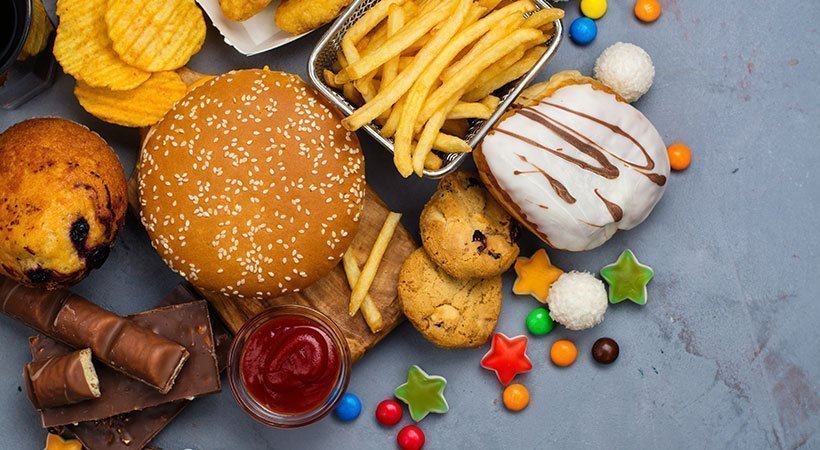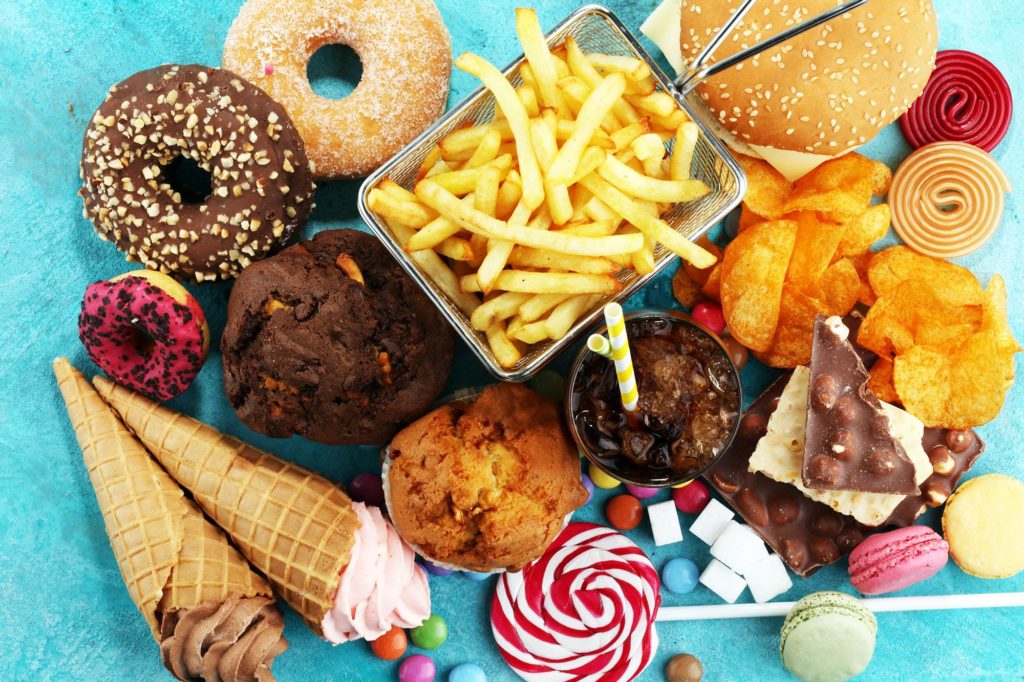
At some point, we’ve all stared at ourselves in the mirror and found some reason to be dissatisfied with how we look. For most people, this usually stems from seeing how unwanted pounds affect their appearance. Typically, a quick Google search follows: “ways to lose weight”, “how to gain muscle”, “how to lose fat”, or something along those lines. Some people avail fitness programs online, engaging in intense exercise routines that make them want to sleep through the rest of the day right after. More often than not, these folks end up stuffing their faces with whatever ‘healthy foods’ they could get their hands on after their workout sessions.
Unfortunately, as any weight loss expert would say, nutrition and exercise are equally important. There’s no point in running 10 km to lose weight if your plan is to eat high-calorie “recovery” foods immediately after, effectively negating your planned calorie deficit and mess up the diet.
Here are five examples of so-called “healthy” foods that could actually take you further away from your fitness goals and mess up your diet.
Dried Fruit
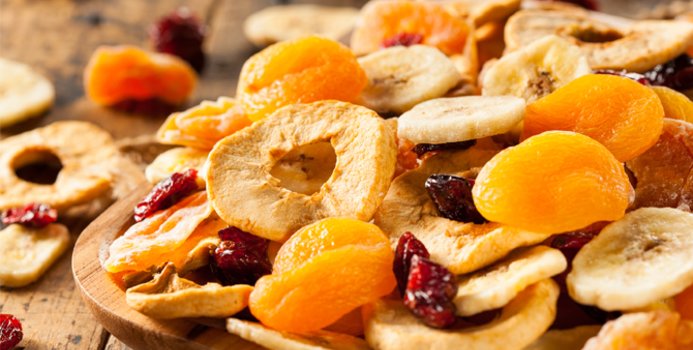
Considered by many as the quintessential healthy food, fruits are packed with vitamins, nutrients, antioxidants, and fiber. On top of that, dried fruits such as raisins, dates, prunes, figs, and apricots are said to be excellent sources of polyphenols, which are known antioxidants.
“How, then,” you ask, “can these foods mess up my diet?”
Due to being literally dried, most of the original water content in dried fruits is removed. Thus, they shrink to small, energy-dense pieces, with up to three (3) times more calories per unit volume compared to their non-dried versions. This ultimately results in you having to eat more servings to feel full, which of course means a larger calorie intake. To add, most of the packed dried fruits sold in markets are coated with sugar or syrup prior to the drying process. This extends their shelf life, but also adds to their already calorie-loaded composition.
Make no mistake: Dried fruits are inherently healthy, with raisins known to lower blood pressure, prunes cited as laxatives, and dates facilitating cervical dilation that benefits pregnancy for women. However, one must also take caution when feasting on these, especially if you’re on a weight-loss plan.
Low-fat Peanut Butter
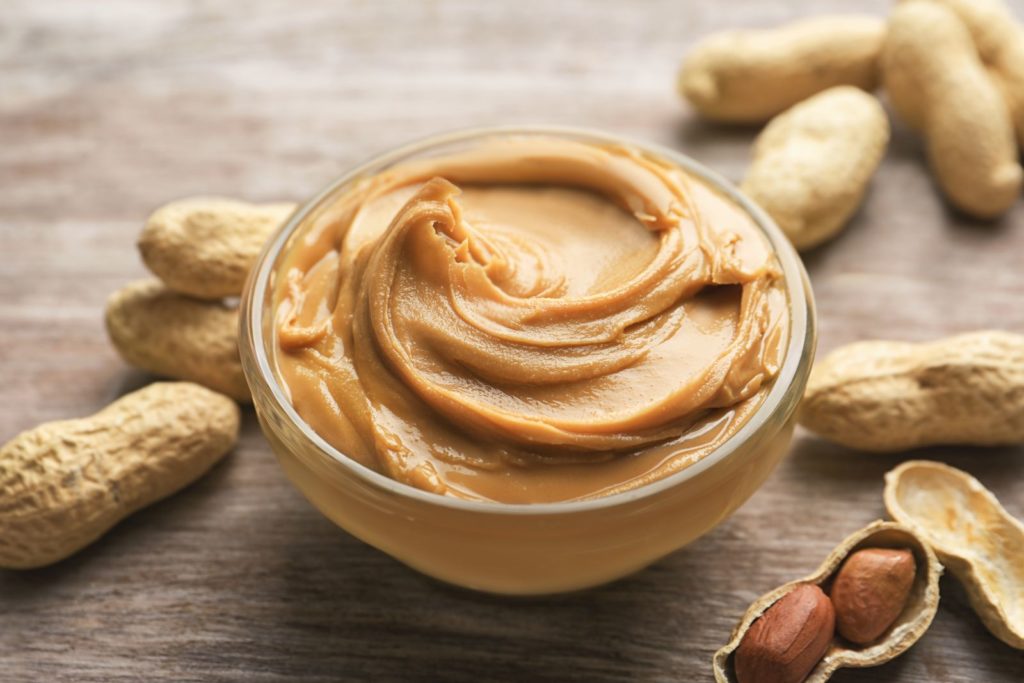
Let’s take the time to break a long-standing myth: Fats are not always bad for you. In fact, fats from nuts are actually beneficial for your health. Aside from protein, traditional peanut butter is extremely rich in monounsaturated fats which, among other benefits, may lower your risk of heart disease.
Now, when you eliminate fat from food, you also strip it of its flavor. In the case of low-fat peanut butter, a hefty amount of sugar replaces the fat, in order to improve the taste. Unfortunately, this spoils its supposedly healthy benefits.
Most manufacturers aim to produce low-fat peanut butter in order to reduce saturated fat. However, though saturated fats are said to cause heart disease, there are no experimental studies that offer explicit, definitive proof. To add, the intake of saturated fat boosts both unhealthy LDLs and healthy LDLs. In other words, a little serving of saturated fat shouldn’t hurt.
Remember that a teaspoon of peanut butter only has 3.3 grams of saturated fat, while still boasting 12.3 grams of healthy unsaturated fat. With 80% of its fat contents classified as healthy, would it truly be reasonable to completely replace the fat in peanut butter with sugars?
With that in mind, the next time you crave a peanut butter and jelly sandwich, don’t be afraid to use the regular (and preferably all-natural) variant.
Fruit Juice
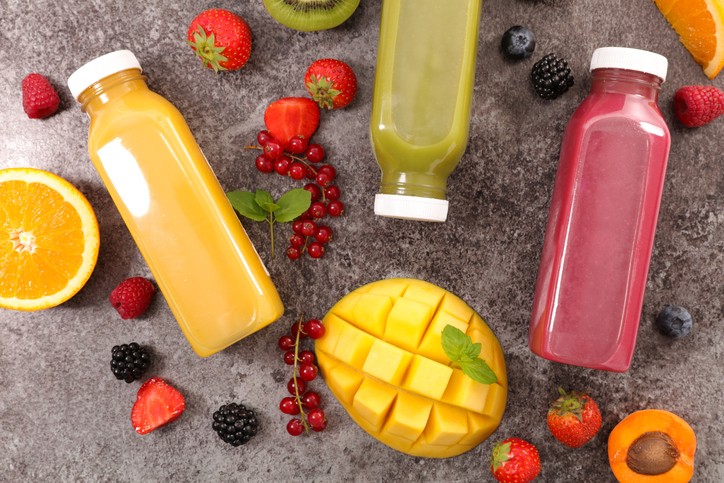
Fruits are healthy, sure — but what happens when you turn them into juice?
Fruit juice is produced by squeezing the liquid extract out of each fruit. The remaining solid parts of the fruit, which are often discarded, contain fiber, which is known to aid digestion. What’s left in the juice is some of the vitamins and nutrients — and unfortunately, a lot of sugar.
A breakdown from Healthline compares the sugar content of apple juice to that of a 330mL serving of Coca-Cola:
Coca Cola: 140 calories and 40 grams of sugar (10 teaspoons)
Apple Juice: 165 calories and 39 grams of sugar (9.8 teaspoons)
Surprising, isn’t it? Based on the above figures, a serving of fruit juice actually packs even more calories than its supposedly “unhealthy” counterpart. To add, they have almost the same amount of sugar per serving!
Aside from the sugar content, the main drawback of fruit juice is that it is composed of liquid calories. This means that it will not make you feel as full as eating the actual fruit. You’ll likely end up consuming more than you should — the same problem that dried fruits present.
At the end of the day, it might be better to just stick to ordinary drinking water for rehydration. After all, you can get the vitamins and minerals you need from whole, fresh fruits.
Low-fat Flavored Yogurt
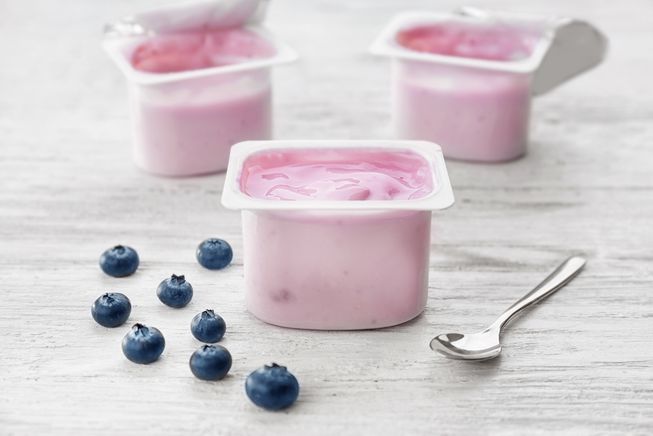
Yogurt has long been considered a “healthy” food, for numerous reasons. Aside from its high protein content, it is rich in vitamins and minerals. It also boosts the digestive system with healthy bacteria. Some studies have even shown that it can reduce the risk of osteoporosis.
Most food manufacturers treat fat as the enemy, reducing it significantly (or eliminating it altogether) and replacing it with sugar to improve the taste. They accomplish this through the addition of corn syrup, fructose, or cane sugar, all of which are extremely unhealthy in high amounts.
In fact, the US Food and Drug Administration recommends a maximum sugar intake of only 50 grams per day. Adding low-fat yogurt to your diet makes this unrealistic, if not impossible. 240 grams of low-fat yogurt already contains about 47 grams of sugar: almost equal to the USFDA’s prescribed limit, and higher than the amount of sugar in a 330 mL can of Coke (40 grams).
Because it bears repeating: “Healthy” does not necessarily equate to “low-fat.” As mentioned earlier, the only reason why food manufacturers add all of that sugar in is to compensate for the flavor lost from fat removal. If you think about it, you’re actually better off just consuming the fat in regular yogurt, which contains a reasonable amount of monounsaturated fats and zero trans fat (which increases the risk of heart disease and diabetes).
Sushi
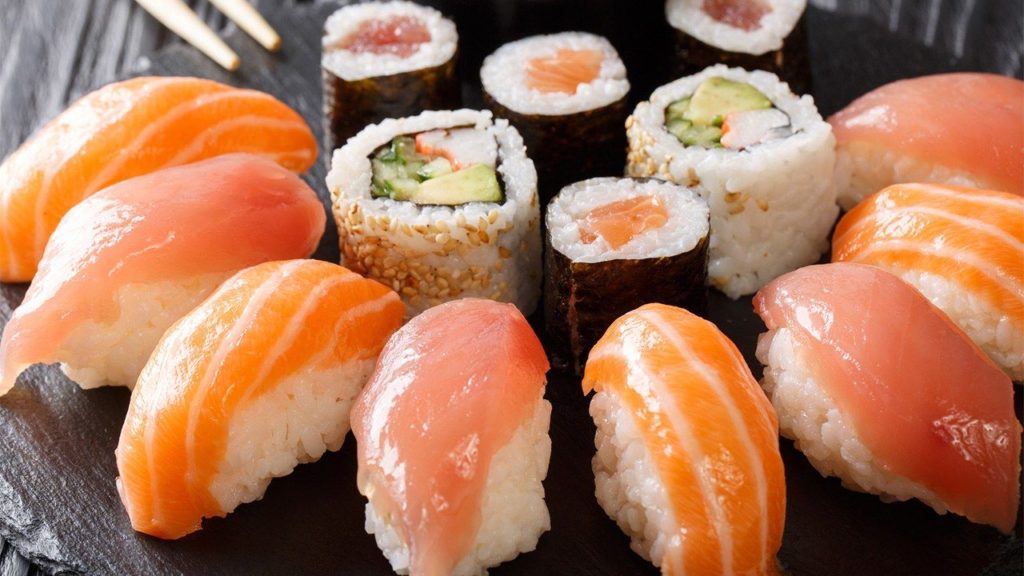
Right now, you’re probably thinking: “A snack composed of fish, fruits, rice, and seaweed, is actually unhealthy? I don’t believe it!”
Well, it all boils down to the type of sushi roll you ordered. Plain salmon or tuna rolls, for example, are considerably less harmful than Philadelphia Rolls, California Maki, and other variants loaded with extra ingredients. That’s because with all those additional ingredients come more calories.
Consider this: A sushi roll made up of salmon, rice, and seaweed only has 120 calories. Compare that to a Philadelphia roll, which has cream cheese, spicy mayo, and house sauce, among other things — would it surprise you to find out that one piece clocks in at almost 500 calories?
With the inherently small serving size of sushi, it becomes a lot easier to eat more than you’re supposed to. For example, one shrimp tempura roll (comprised of six to eight pieces of sushi) would amount to 508 calories. If you feast on two rolls, that’s already a thousand calories — almost 50% of the expected daily calories of an average human. In this situation, portion control is key.
Did you know that these foods could mess up your diet? for more articles about nutrition and diet, click HERE!

